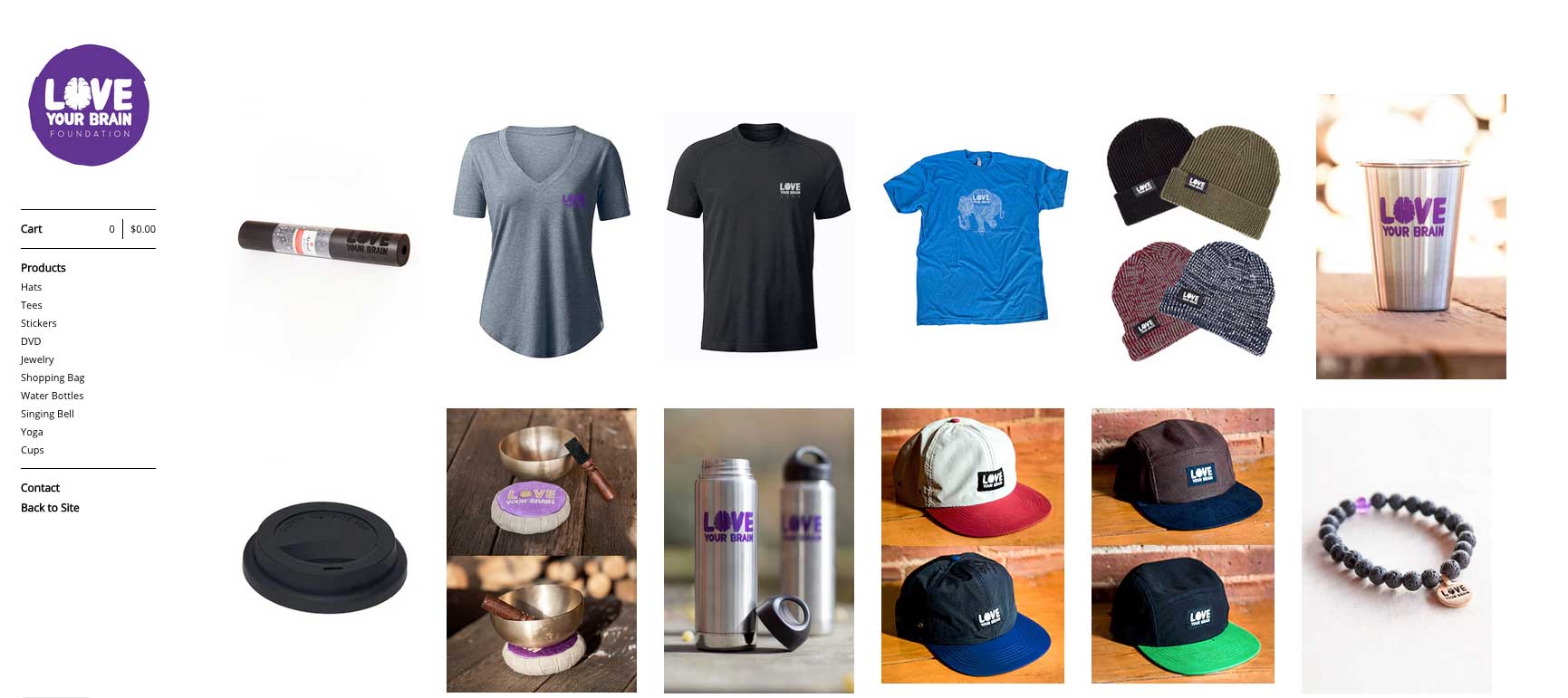Brandraising: Your Next Big Fundraising Strategy

Branding is more than just signature colors, a slogan, and a logo. It’s an idea—a collection of thoughts and feelings people associate with your organization. And when this idea is well executed, it powers your fundraising. “Brandraising,” a term coined by Big Duck founder, Sarah Durham, is a specific fundraising strategy that uses brand awareness activities to fuel a nonprofit organization’s development efforts. The idea is that strategic brand awareness communications and fundraising have a direct relationship. With all else held equal, the assumption is that as one increases, so does the other.
In her book, “Brandraising: How Nonprofits Raise Visibility and Money Through Smart Communications,” Durham stresses that today, more than ever, “donors and potential donors must be reminded of not only what your organization stands for (brand), but must also see you more visibly/constantly (awareness), and understand how those messages link to giving (fundraising).”
In a world of content saturation on and offline, strategic investments in branding will help your organization differentiate itself from the crowd and raise awareness and revenue. To help you strengthen your brand and make it recognizable, we’ve outlined the concept of brandraising and provided examples of how you can leverage this strategy.
Brandraising in a Nutshell
Long identified as a key component of successful businesses, a strong brand is also essential to the health of nonprofits. Individuals associate powerful brands with specific feelings and these feelings can influence donor behavior and keep your organization top of mind.
For example, you can recognize certain well-established brands by colors alone, or by certain symbols. Consider Starbucks’ famous siren logo:
But the concept of brandraising is about more than just standing out in a crowd. According to Big Duck, it’s also about effective communication tactics that convey your organization’s
- Positioning in the industry as it relates to other organizations
- Unique personality and values
- Overall brand identity and what you seek to achieve
A recent study reported 49 percent of nonprofits surveyed plan to increase their budget for social media communications, while 21 percent plan to increase email marketing. These are two communication levers your organization can invest more time and resources in to communicate these core branding messages.
How Nonprofits Can Practice Brandraising
To power your fundraising efforts through your brand, the look, feel, and messaging associated with your brand should communicate:
- Who you are
- What you stand for
- Why your cause is important and urgent
- How you’re different
- How donors can help
Read Next: 5 Smart Brand Strategies for Nonprofits
Here are three ways nonprofits can communicate their brand and build their community:
Speak Your Truths, and Often
To build your brand, you need to communicate what you’re all about. To Write Love on Her Arms (TWLOHA) regularly posts quotes overlaid on beautiful images to their social media channels. They do this to connect with their supporters and bond over thoughts and ideas they associate with their brand.
For example, the image below shares a simple message that nearly anyone could relate to—no matter who you are, where you come from, or what you stand for. The placement of TWLOHA’s logo within the image ensures that as the picture and quote are shared beyond their network, their organization continues to be associated with the idea.
Small communications like this help to convey what TWLOHA stands for as a community. When the message resonates with an individual, they’re likely to realize they share something in common with TWLOHA. This can cause them to feel compelled to associate and identify with them.
Sell Meaningful Merchandise
Swag and sold merchandise give your supporters the option to literally brand themselves as your community member. When designed strategically, merchandise can communicate what your organization embodies and works to achieve.
For example, Love Your Brain Foundation’s online retail store sells products that align with their work in brain injury prevention and healing.
Hats literally adorn the organ they work to protect. Supporters can also purchase items related to the organization’s wellbeing programs, such as a yoga mat.

Use Design to Convey Your Message
Design is just as important as the words you choose to communicate your brand. The Organization for Bat Conservation’s logo pictured below, is a great example of strong design. It perfectly embodies their mission by creating a heart shape within the outline of a bat.
When used consistently, your logo, images, colors, and typography can all serve as visual cues to your audience. Consistency trains supporters and newcomers alike to develop certain expectations from your brand, that when met, develop feelings of trust and familiarity.
A visitor moving from The Organization for Bat Conservation’s homepage to a donation page will notice key design elements that carry over. For example, the color of the donate button on the homepage is then used as the color of the border on the donation page. Additionally, the header image of the bat on the homepage is also again on the top headline bar on the donate page.
The Organization for Bat Conservation’s homepage leverages the power of simple design and large, eye-catching images.
Here, their donation page ties in similar visual elements to create a fluid experience.
A Successful Brand Takes a Village
Durham relates brandraising to the concept of barn raising, saying it “involves everyone in your nonprofit’s community. This includes your board members, staff leaders, volunteers, program staff, and perhaps donors and funders. Everyone plays a role in the development of effective communications.”
Therefore, as your team develops your brandraising strategy, remember that your staff, supporters, and constituents all play a part in how your brand is portrayed and perceived. Enlist your community’s help and regularly take opportunities to incorporate their feedback to ensure your message is delivered as intended. In doing so, you will empower your community to elevate your brand even further.
Read Next: How to Turn Your Employees into Effective Brand Representatives

The Nonprofit Growth Guide






